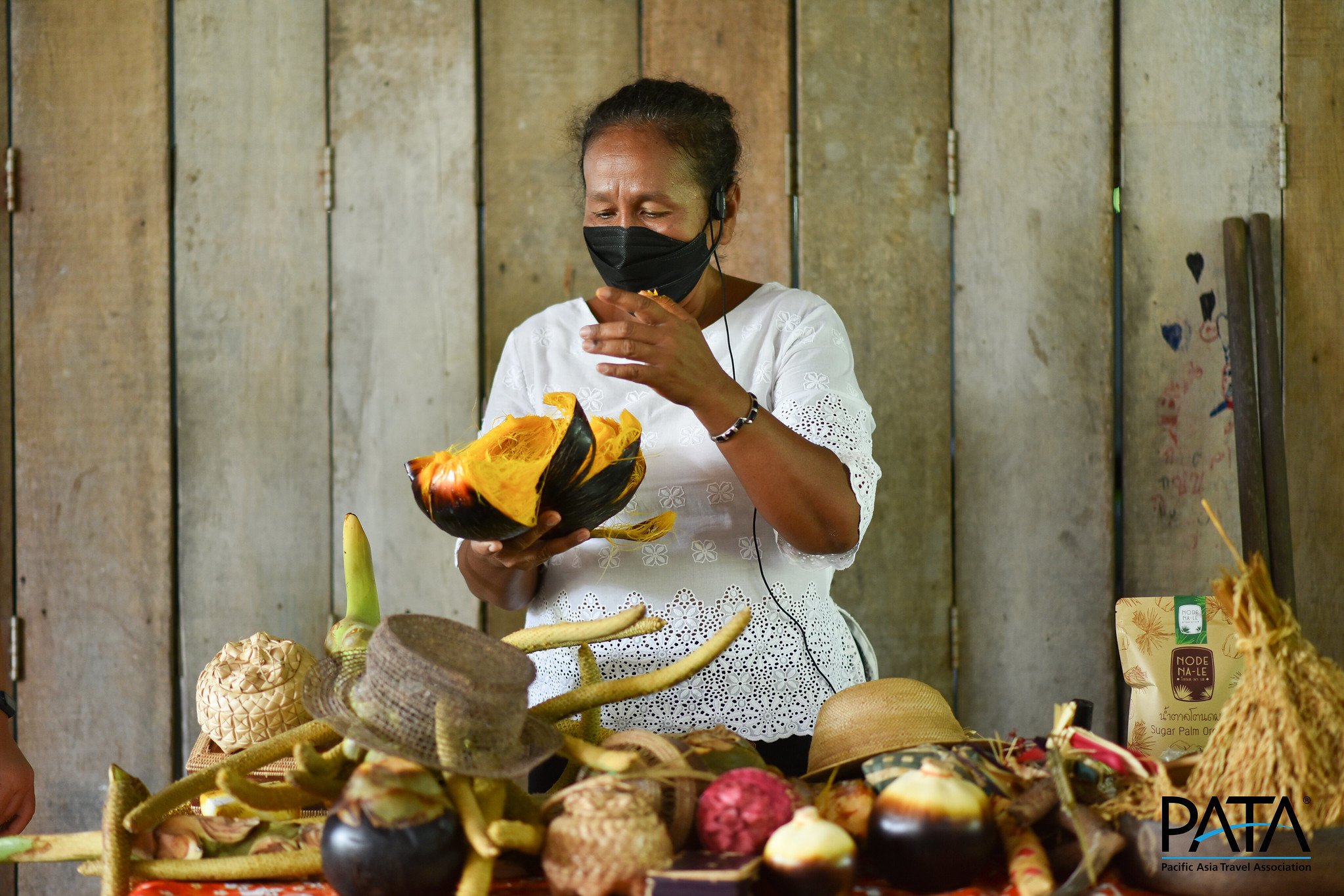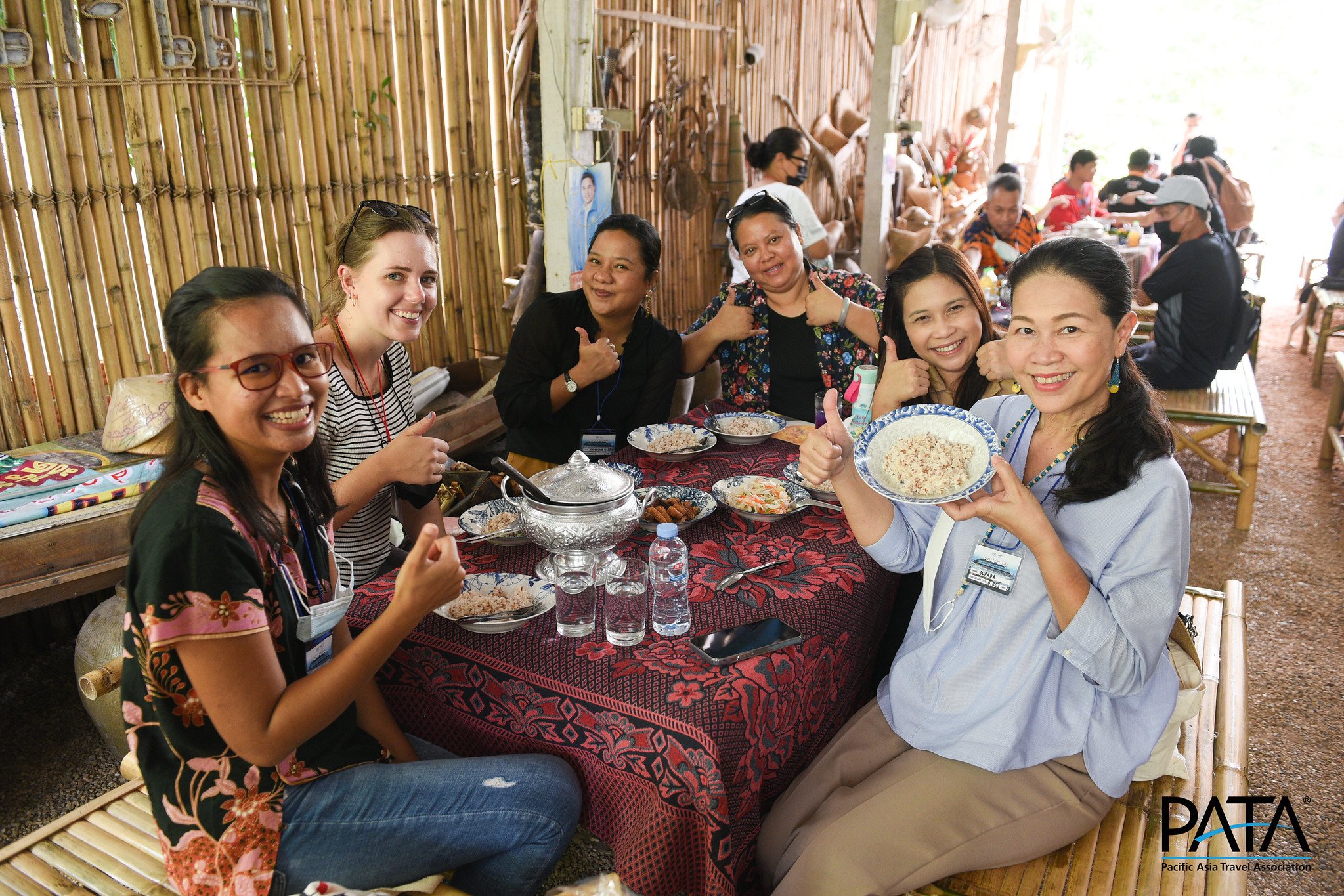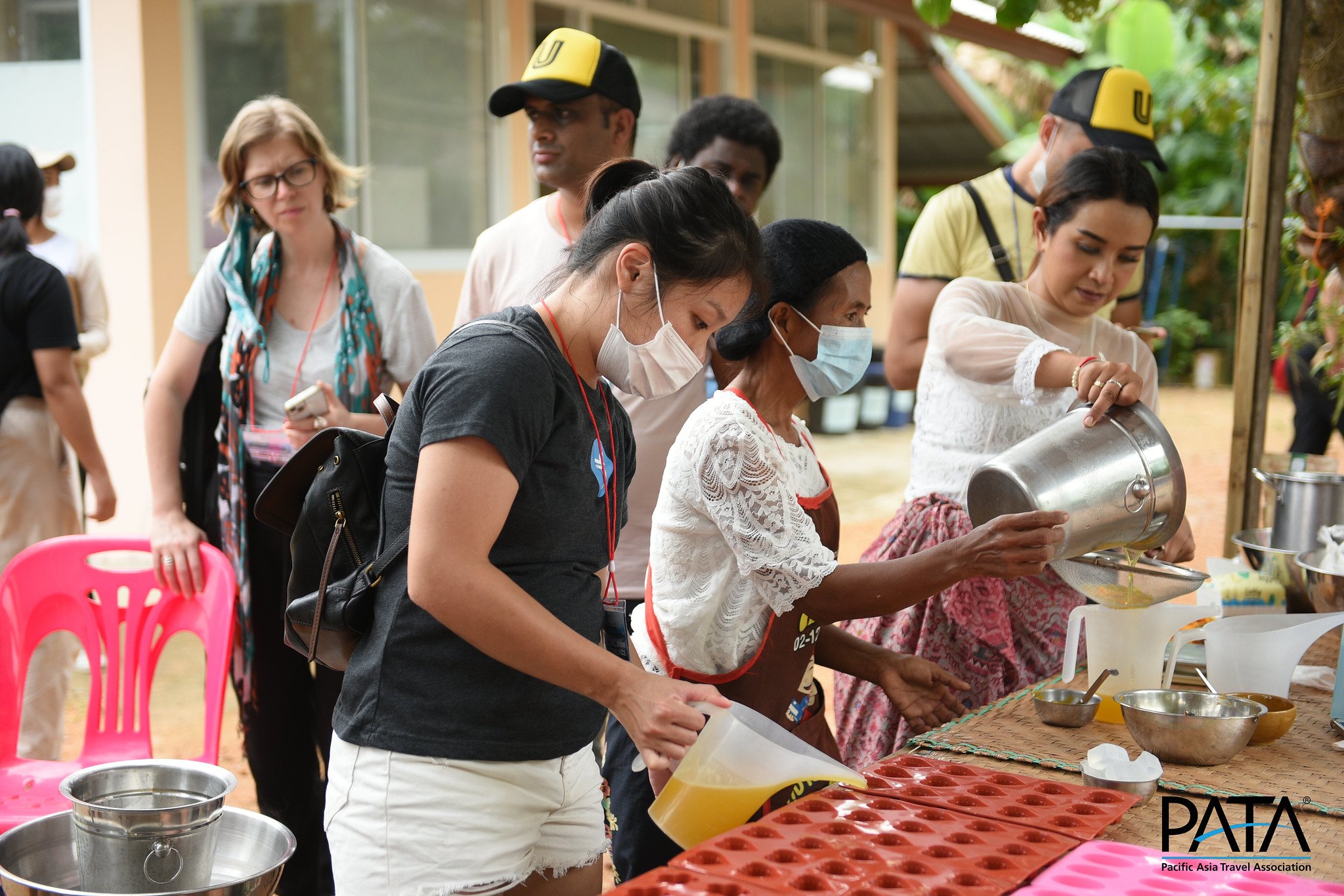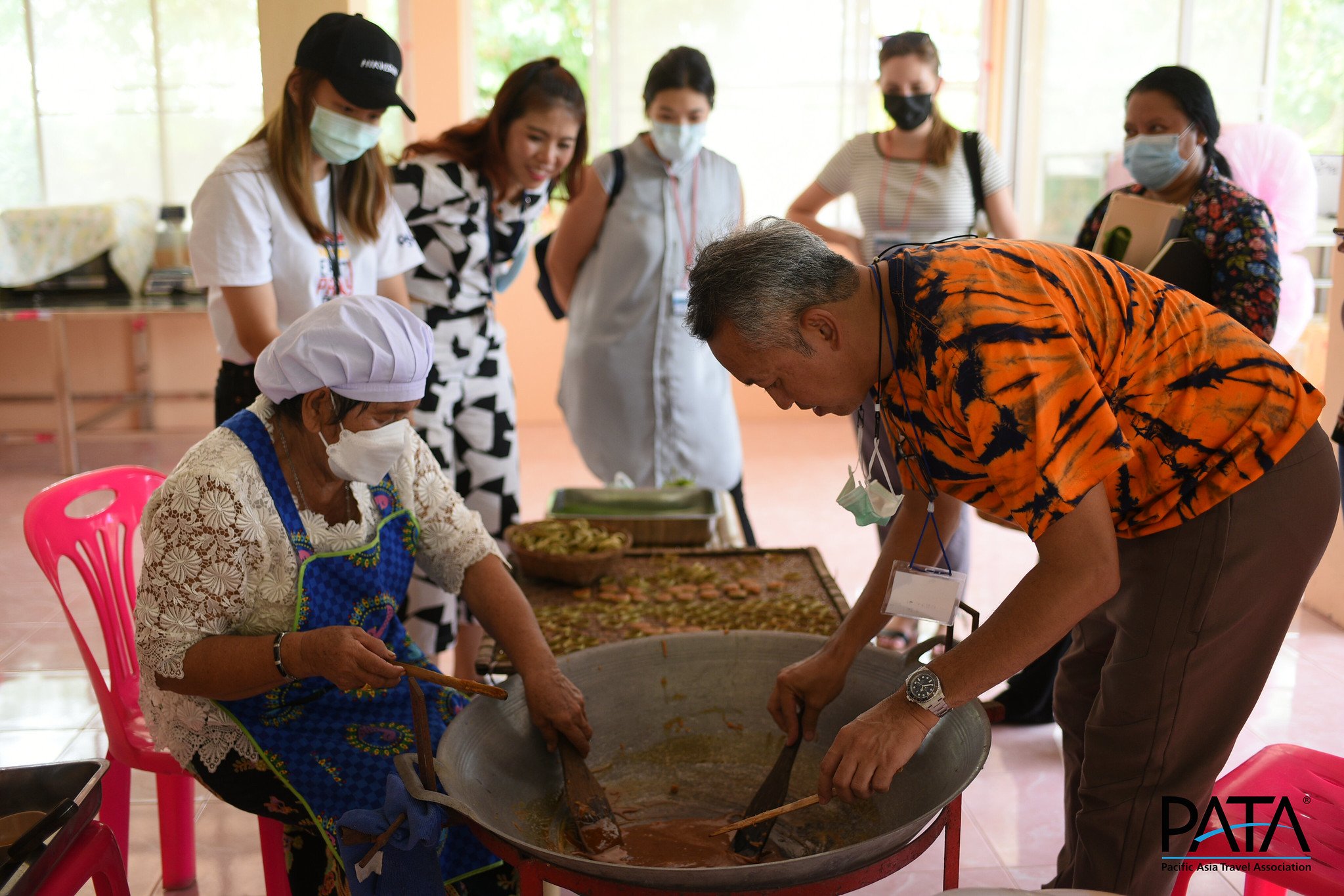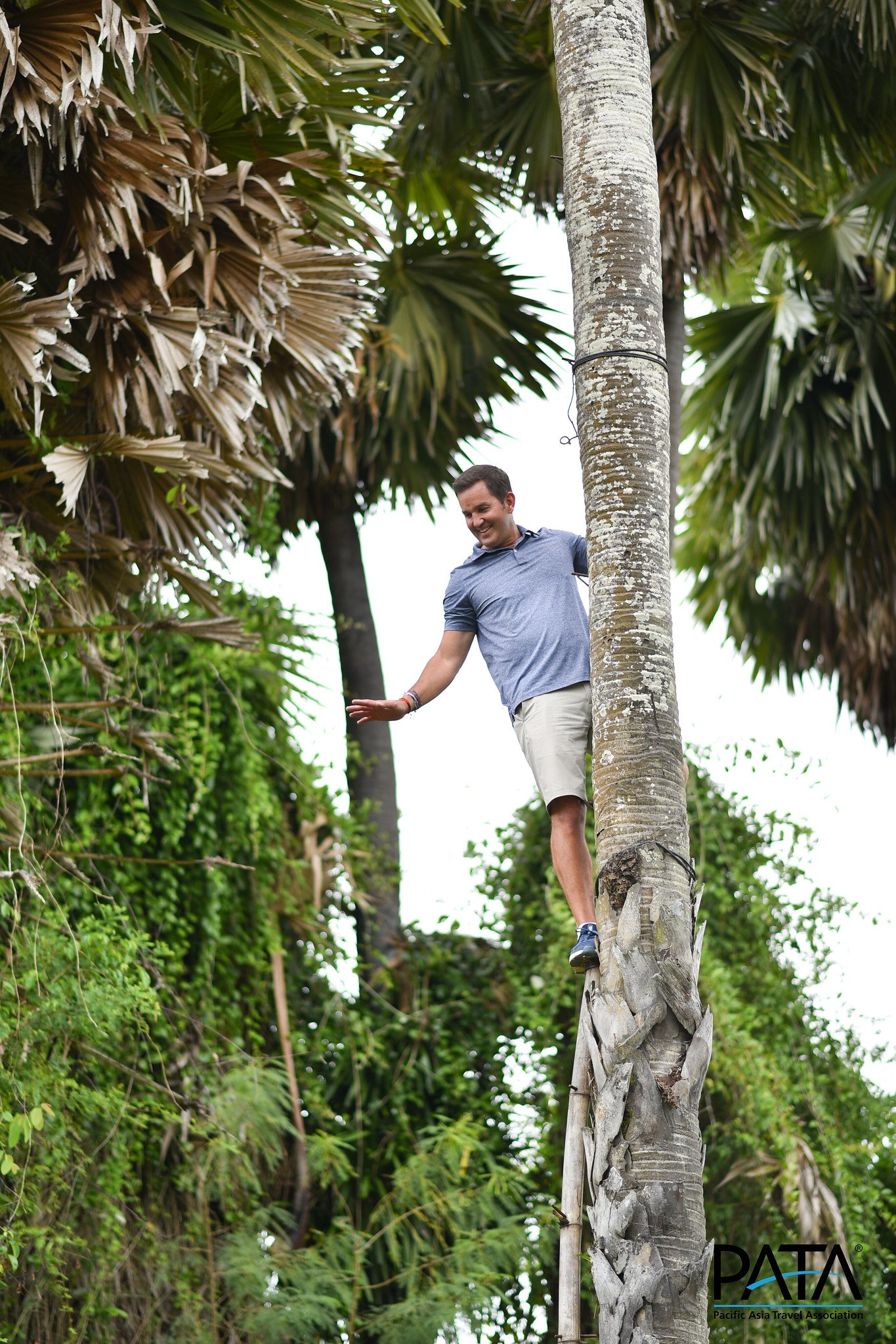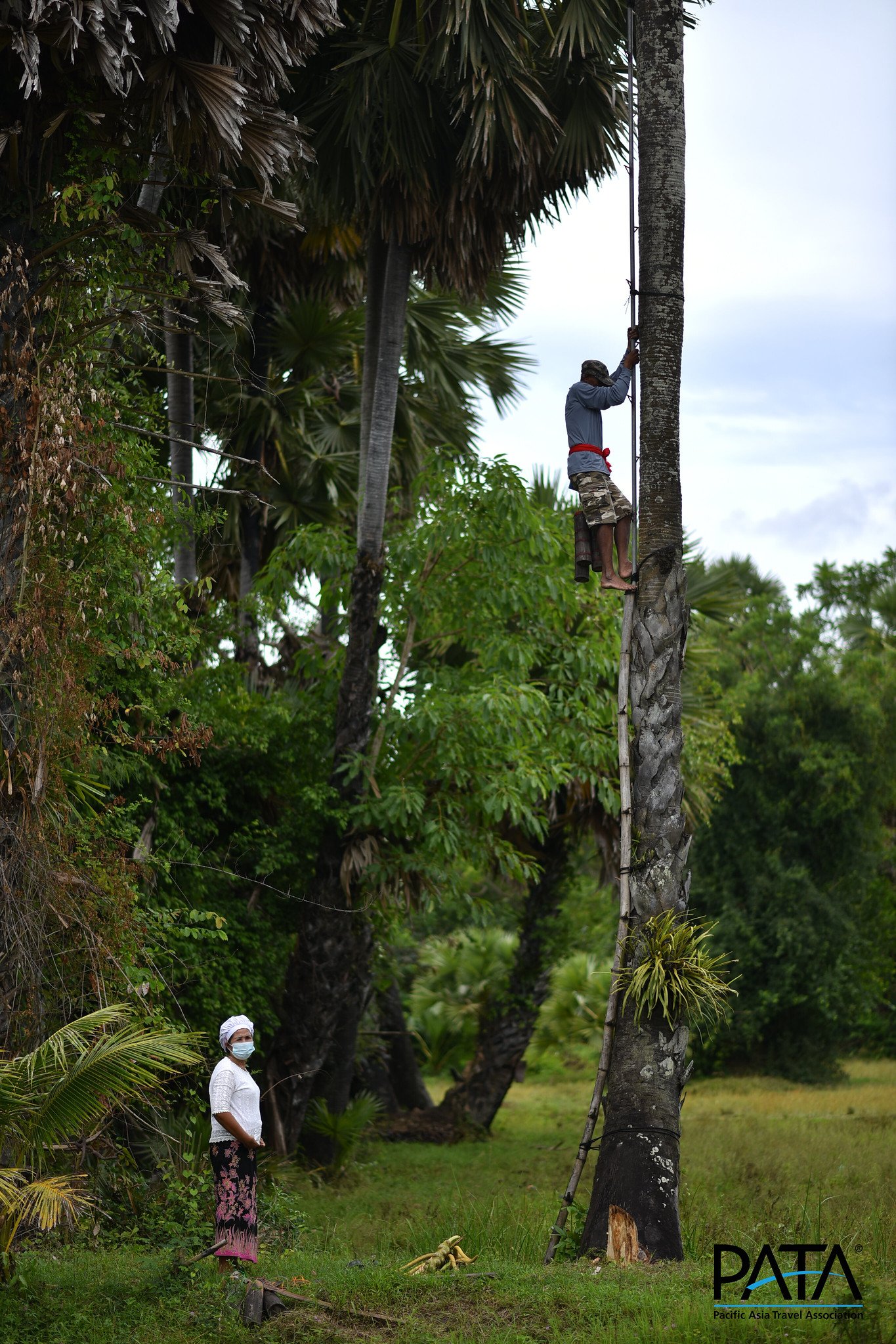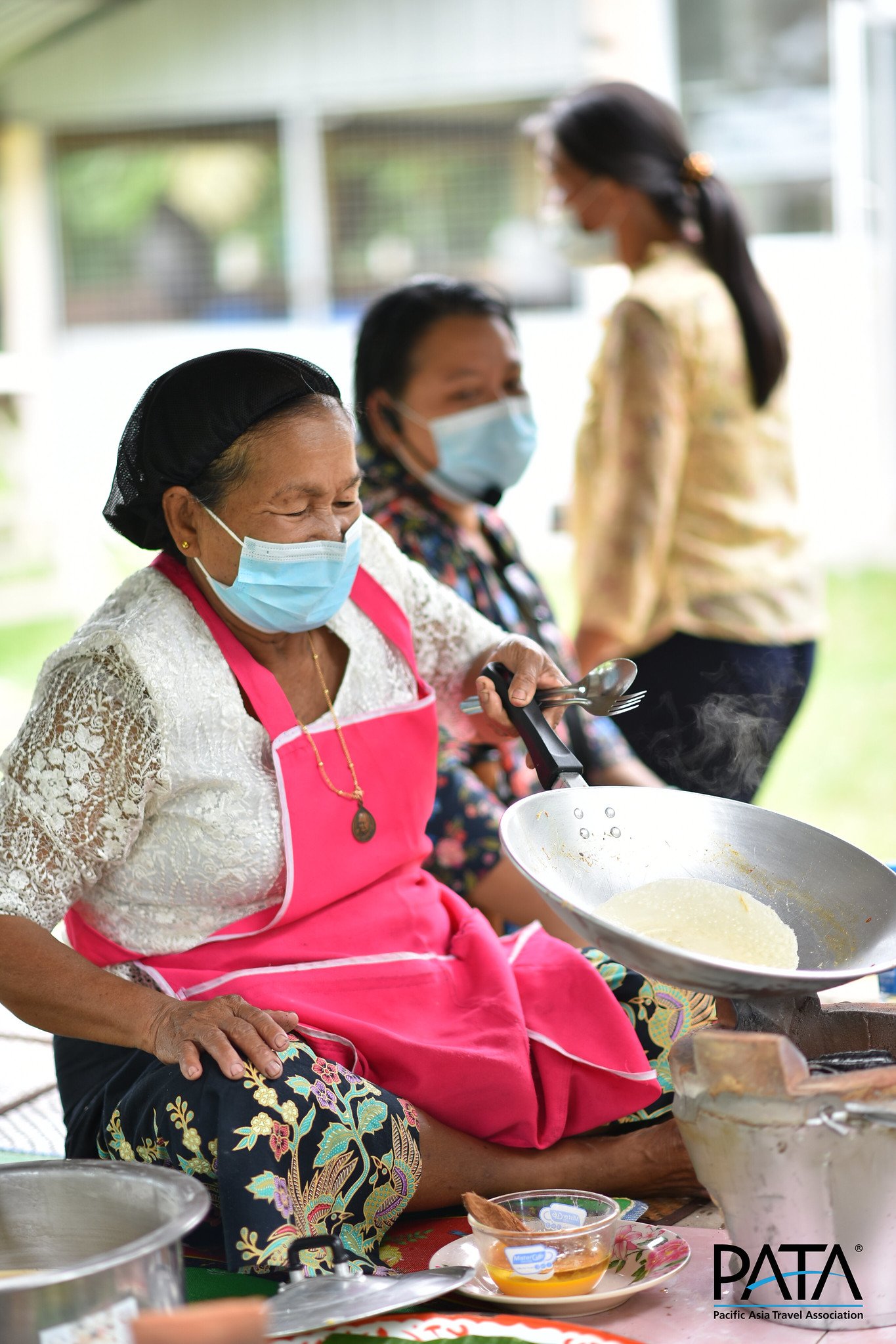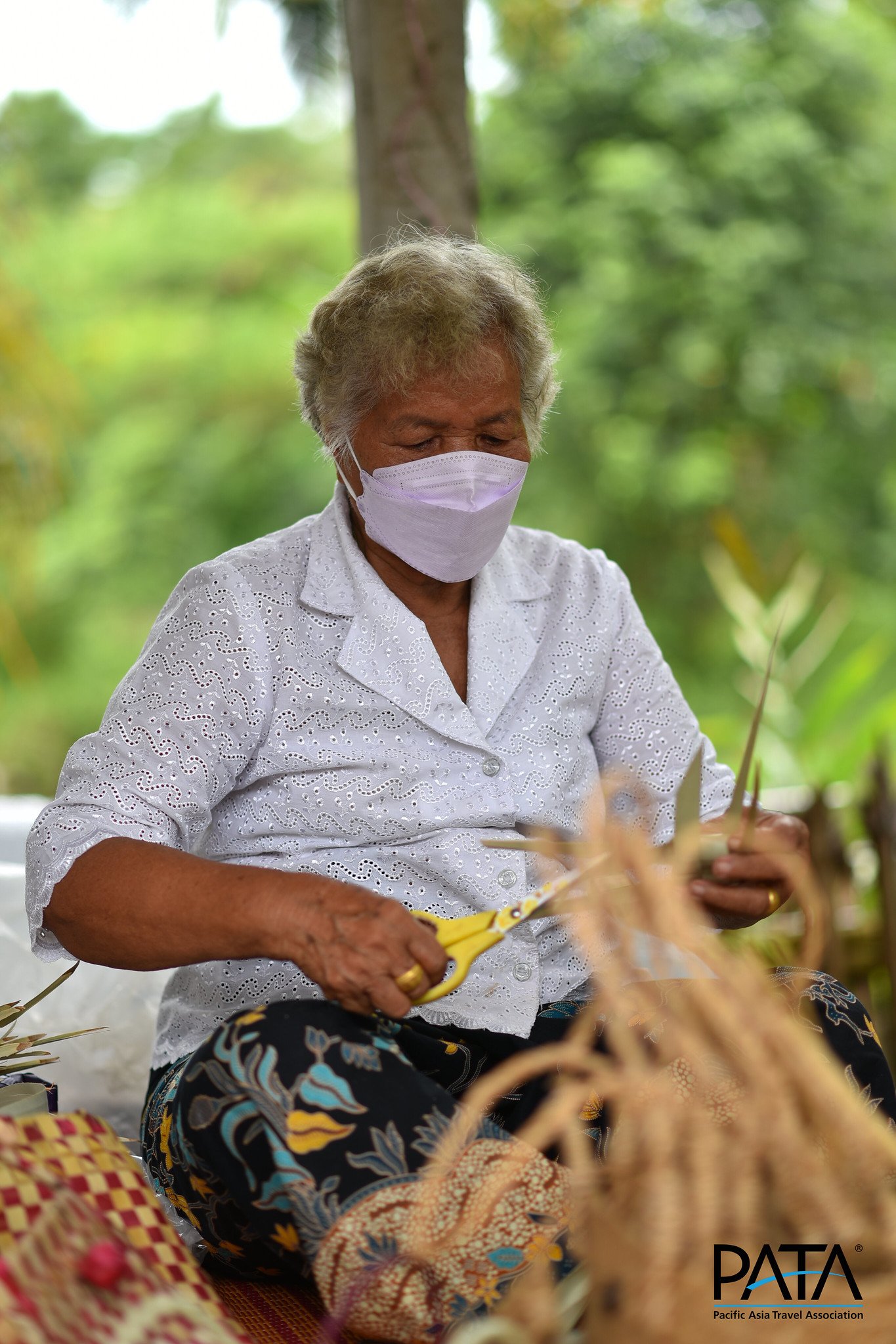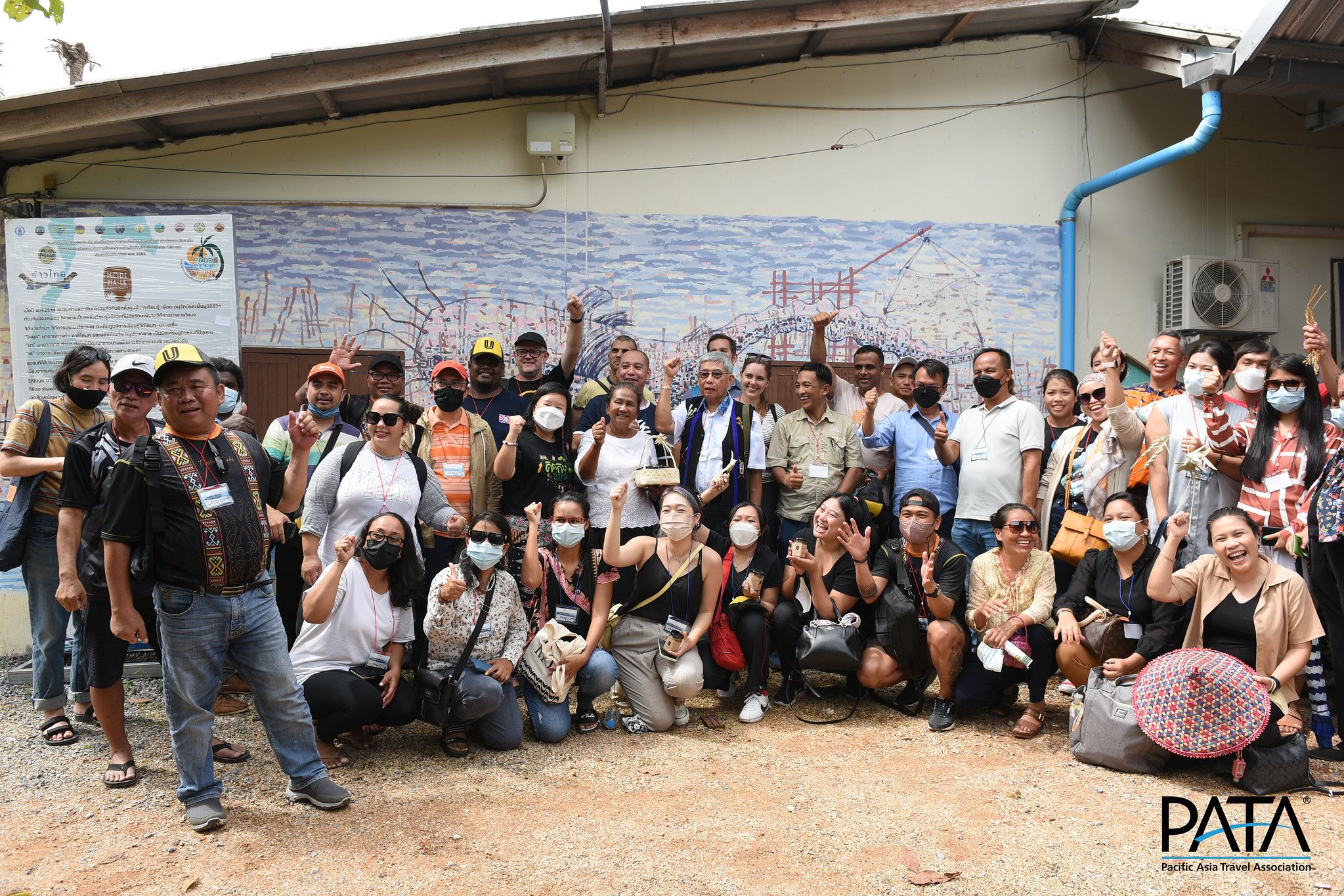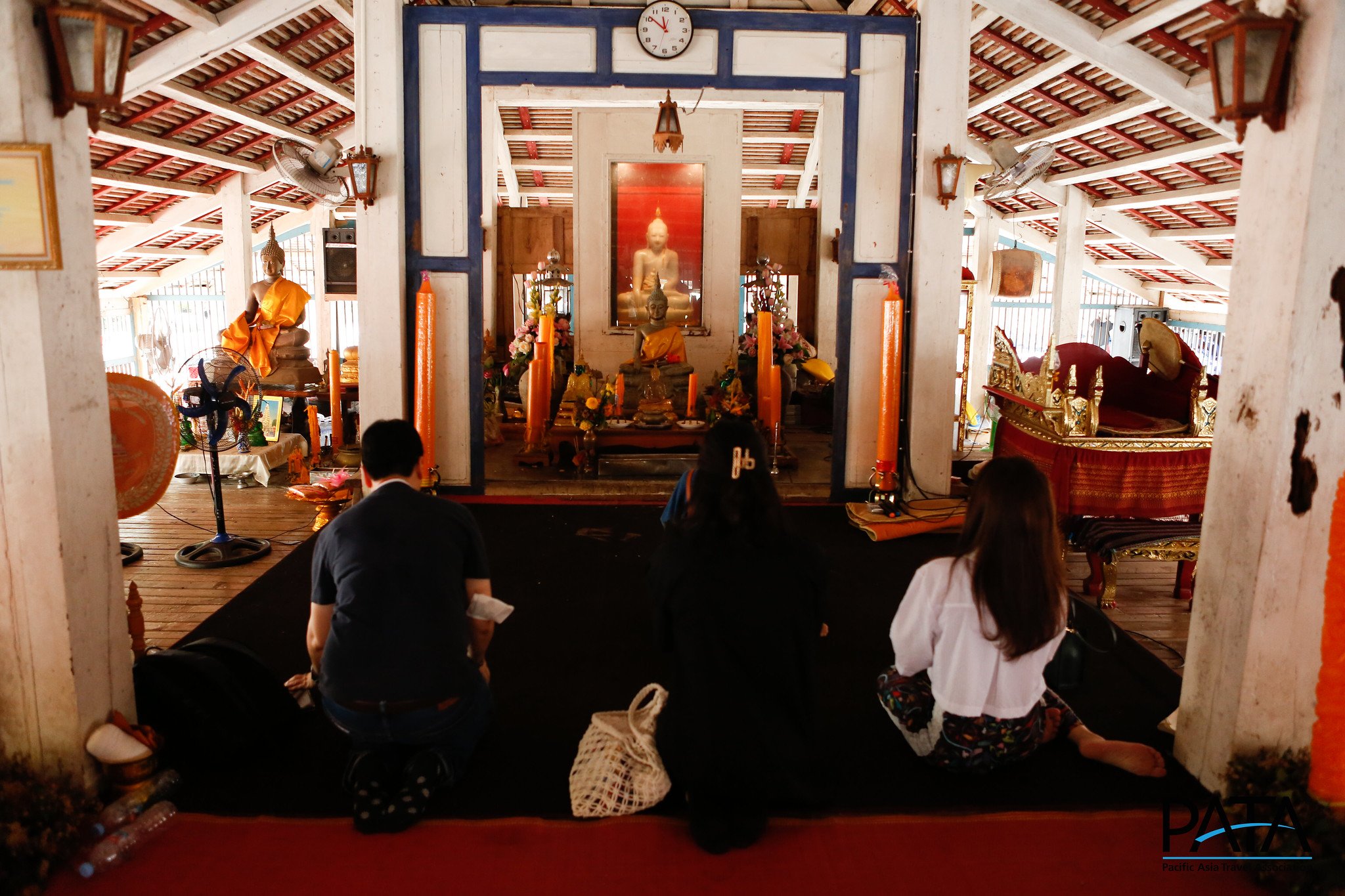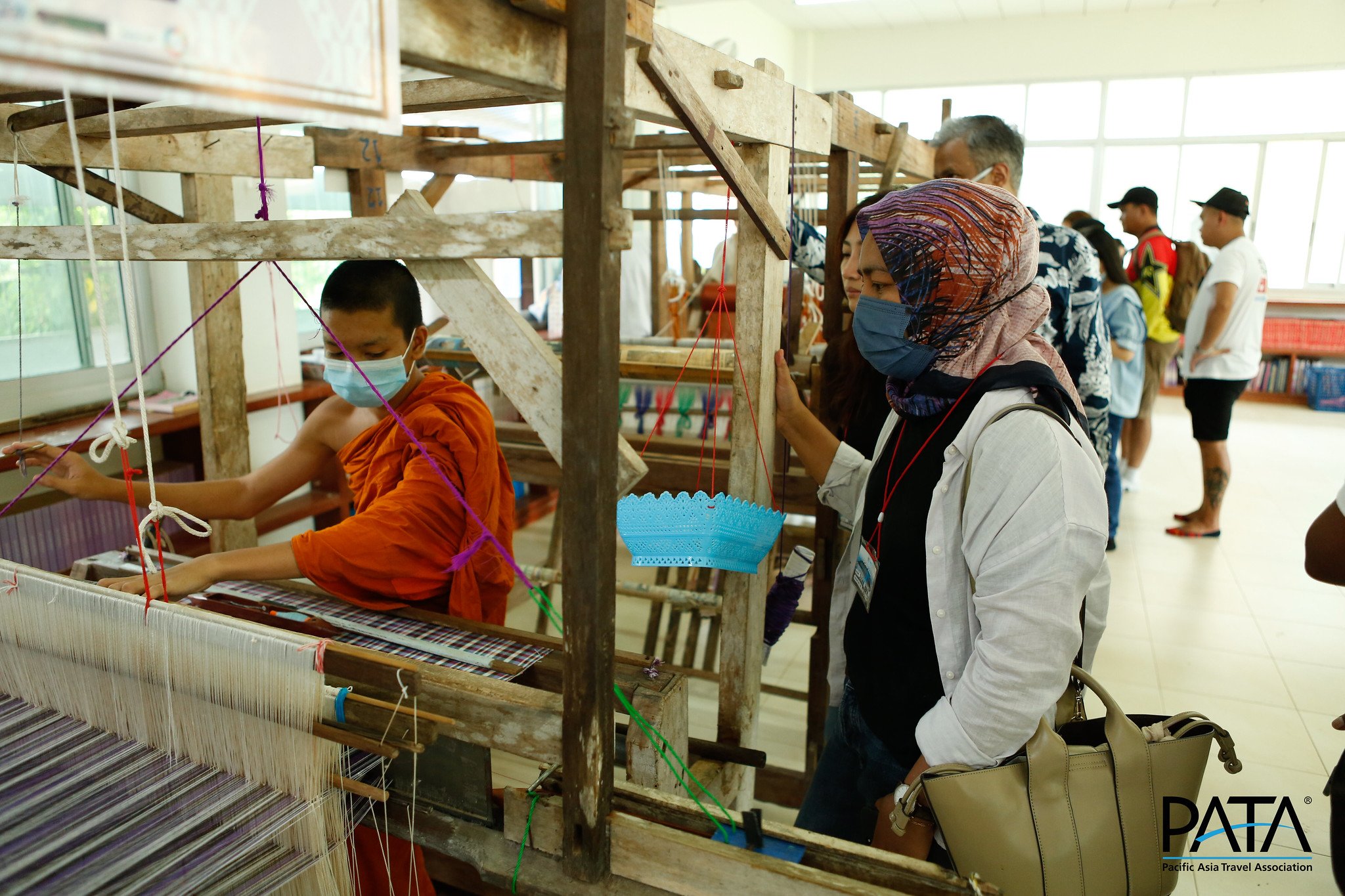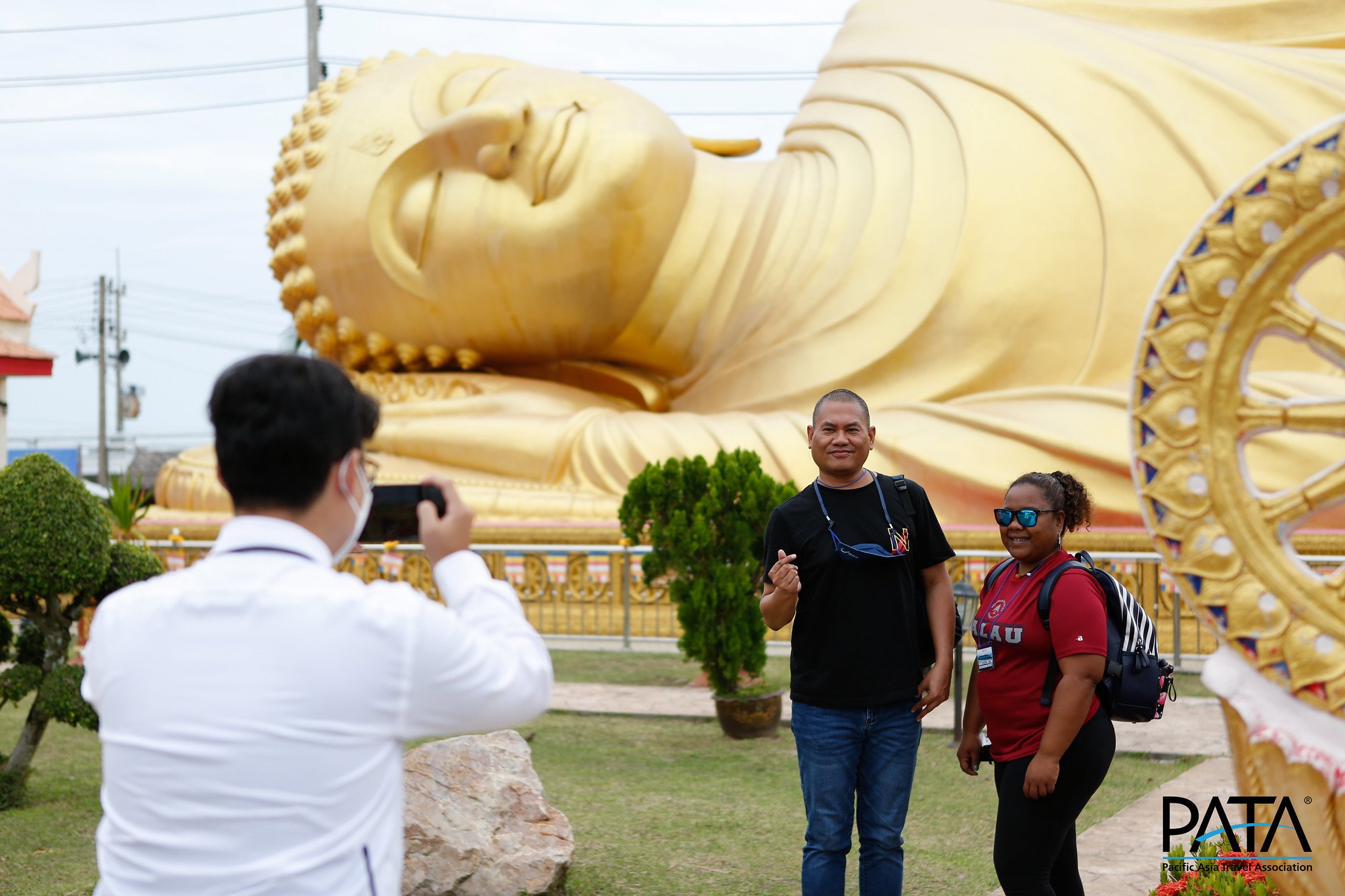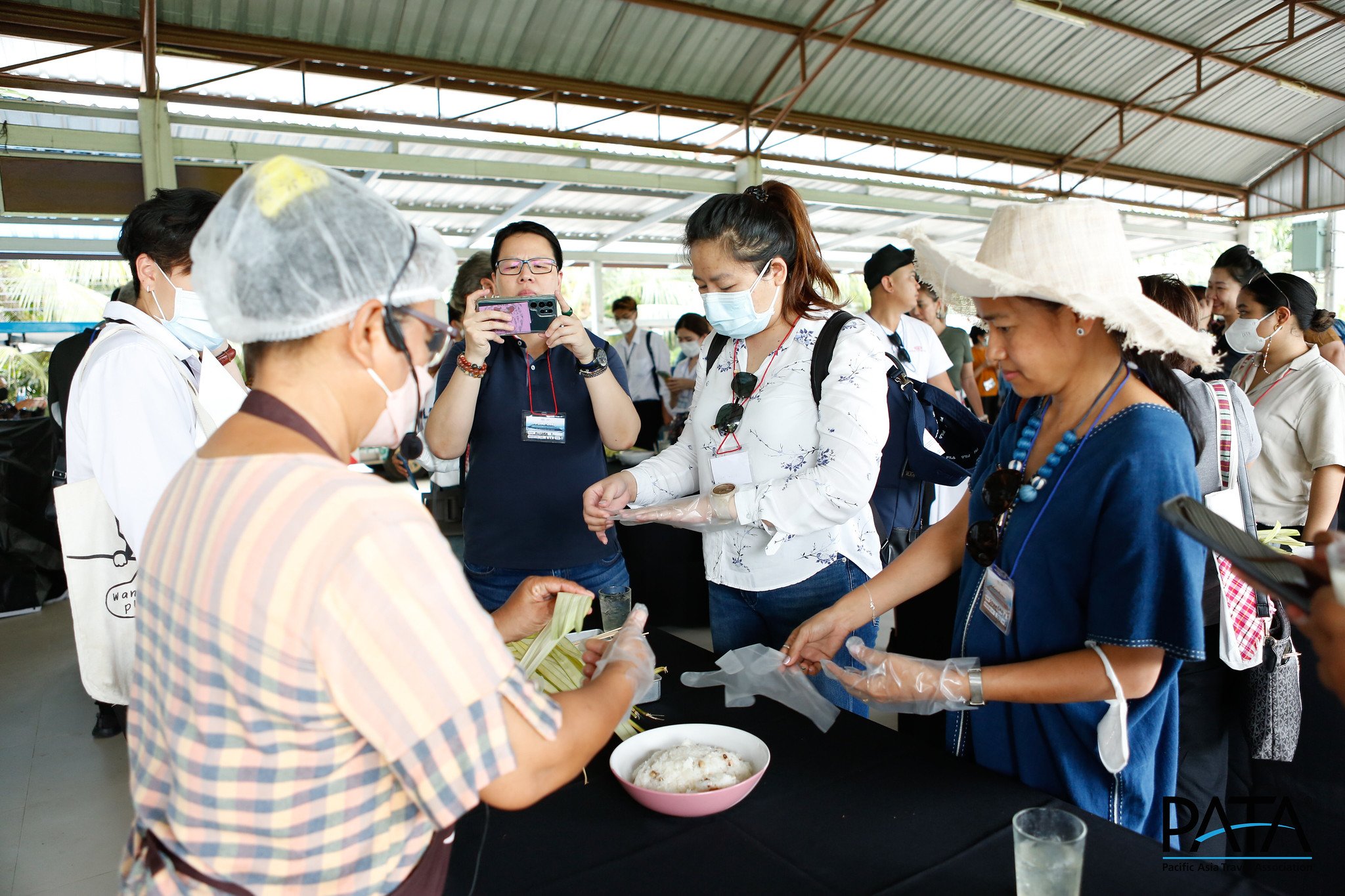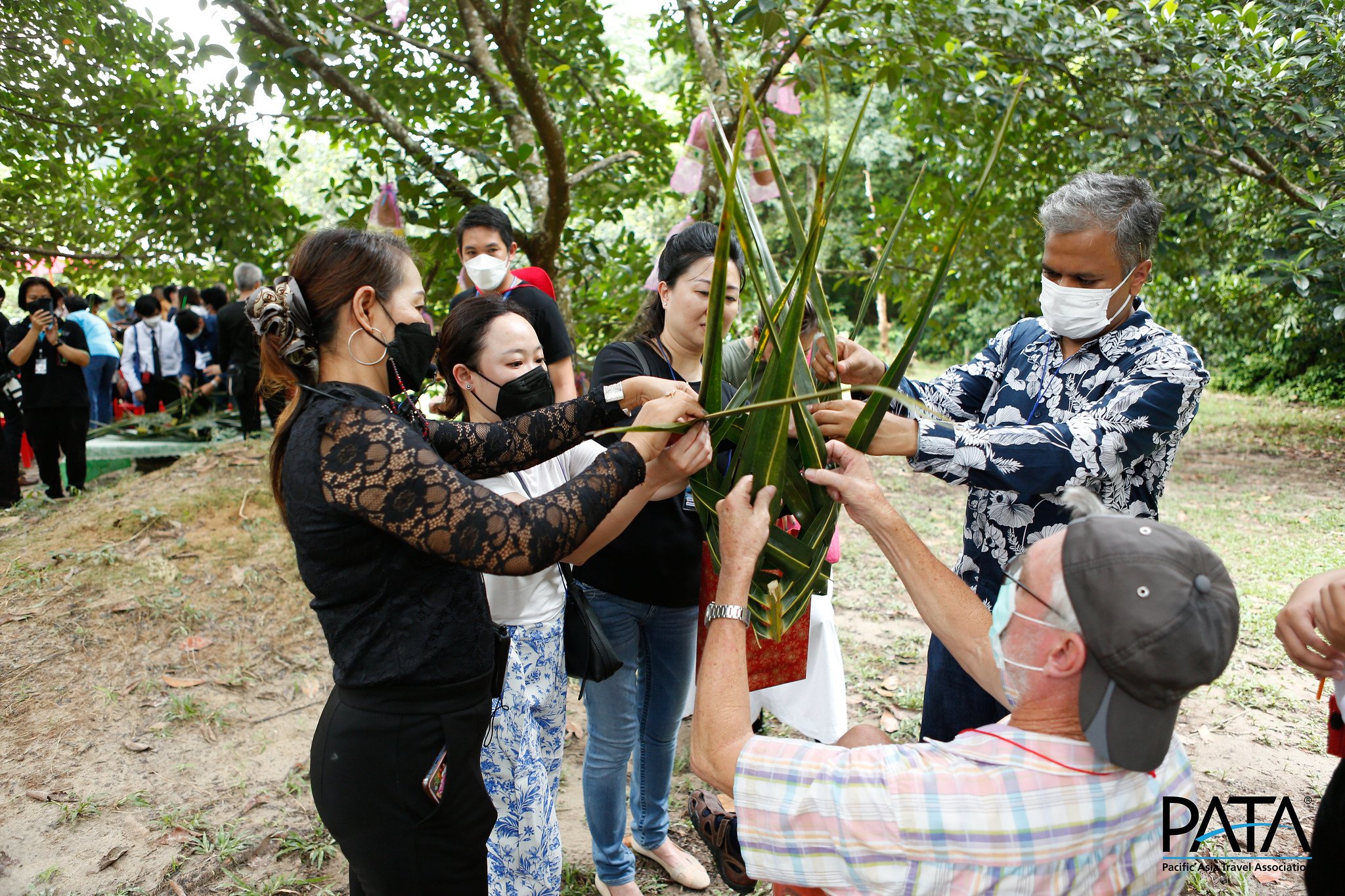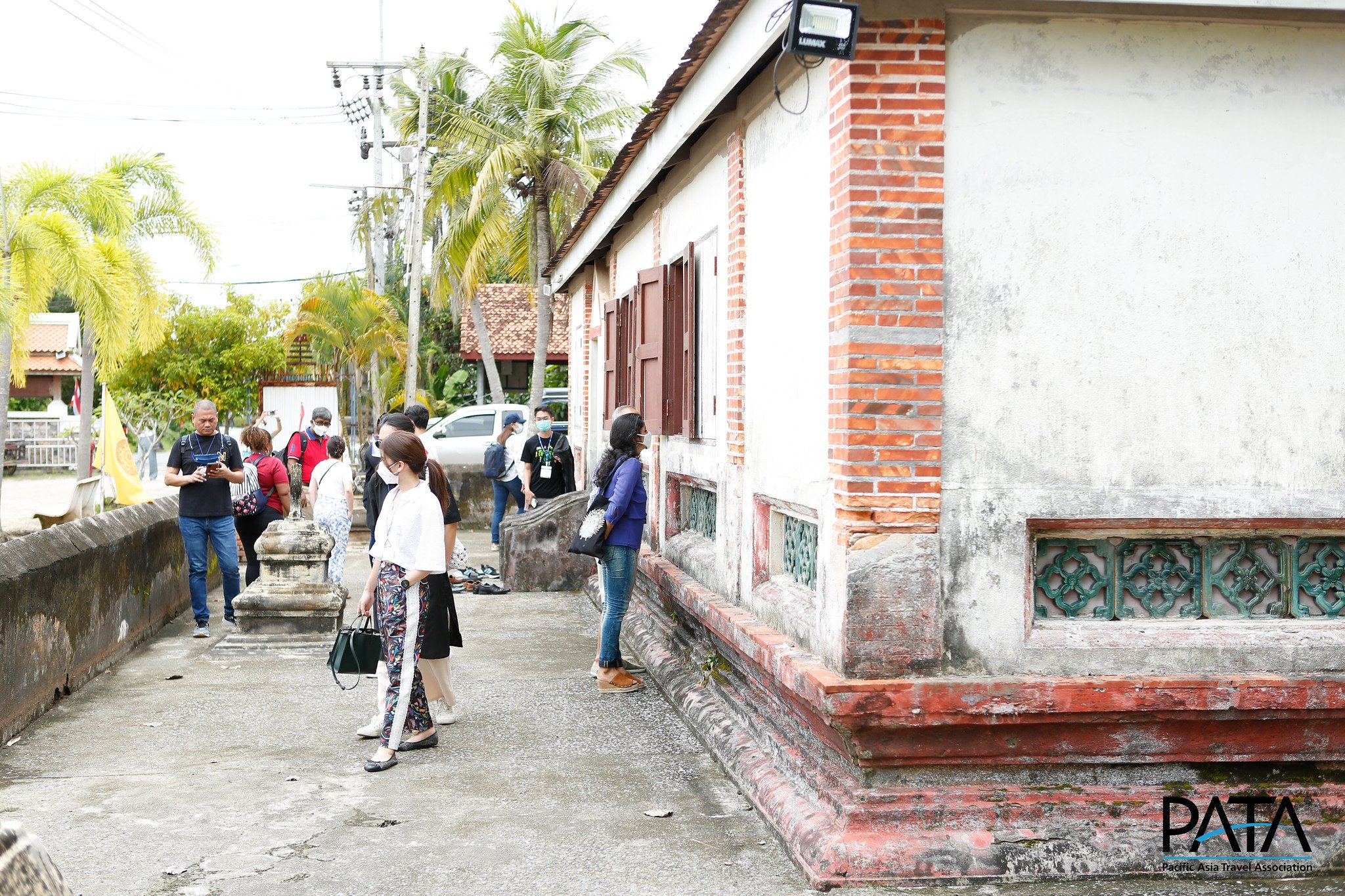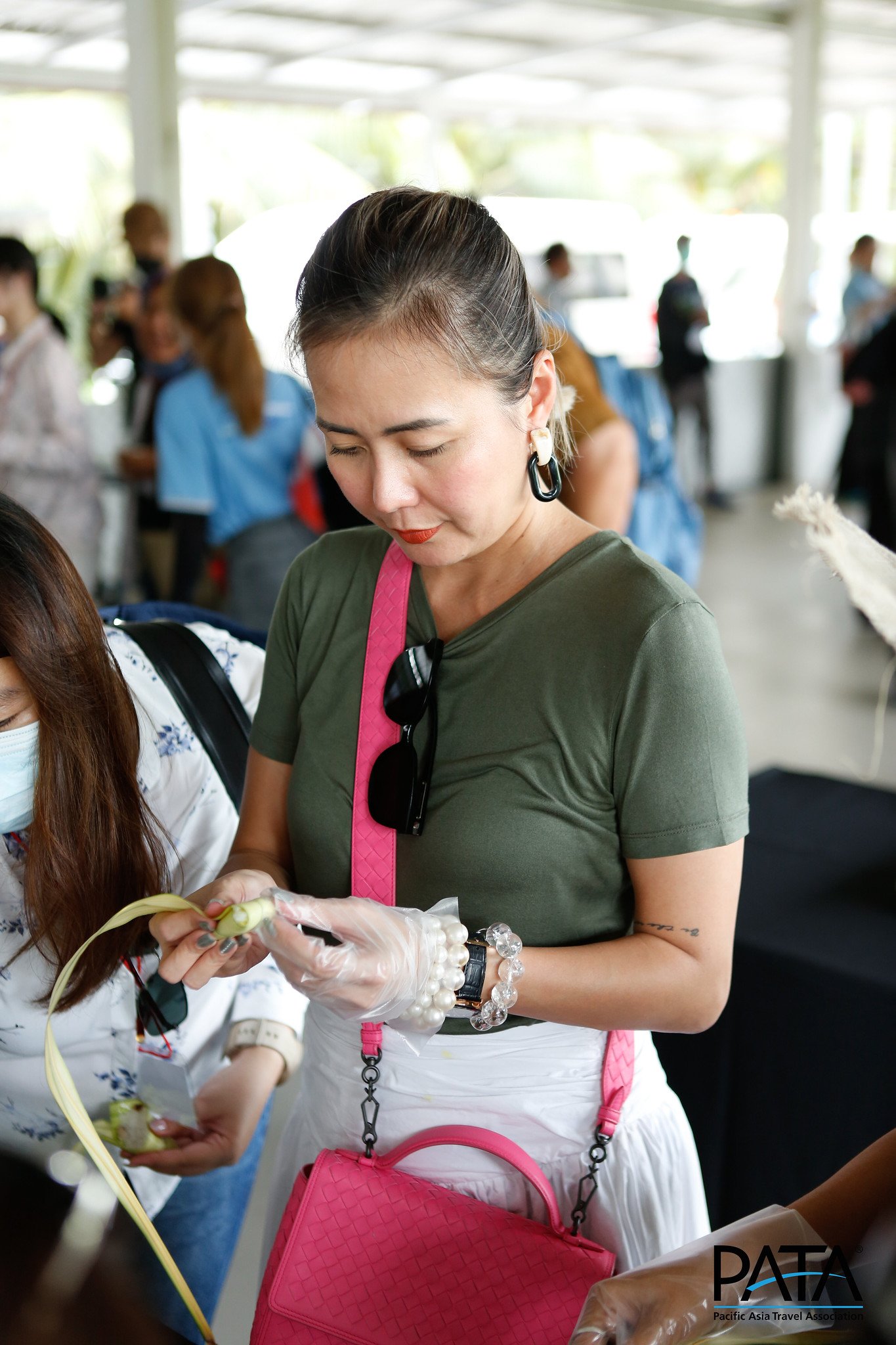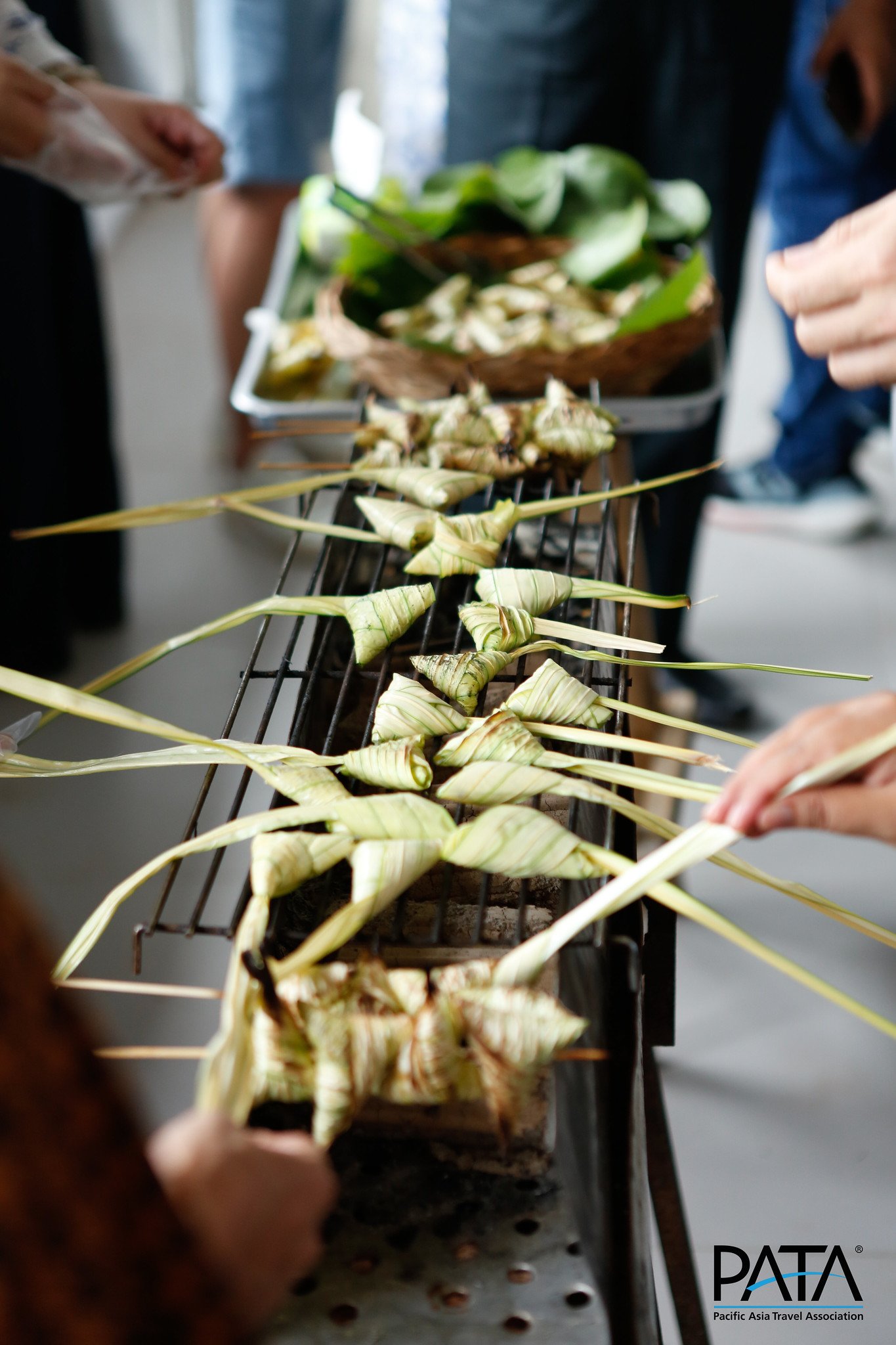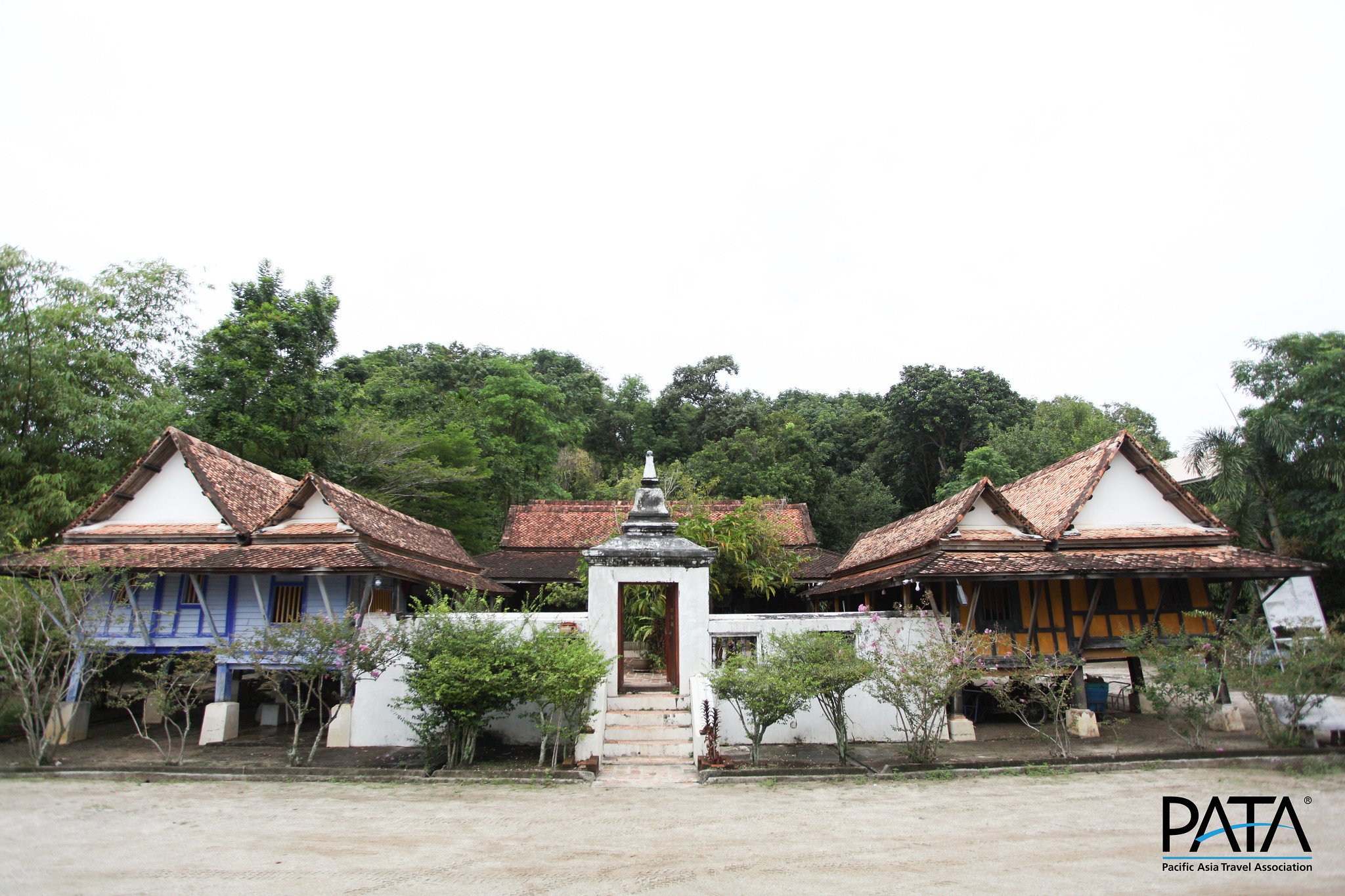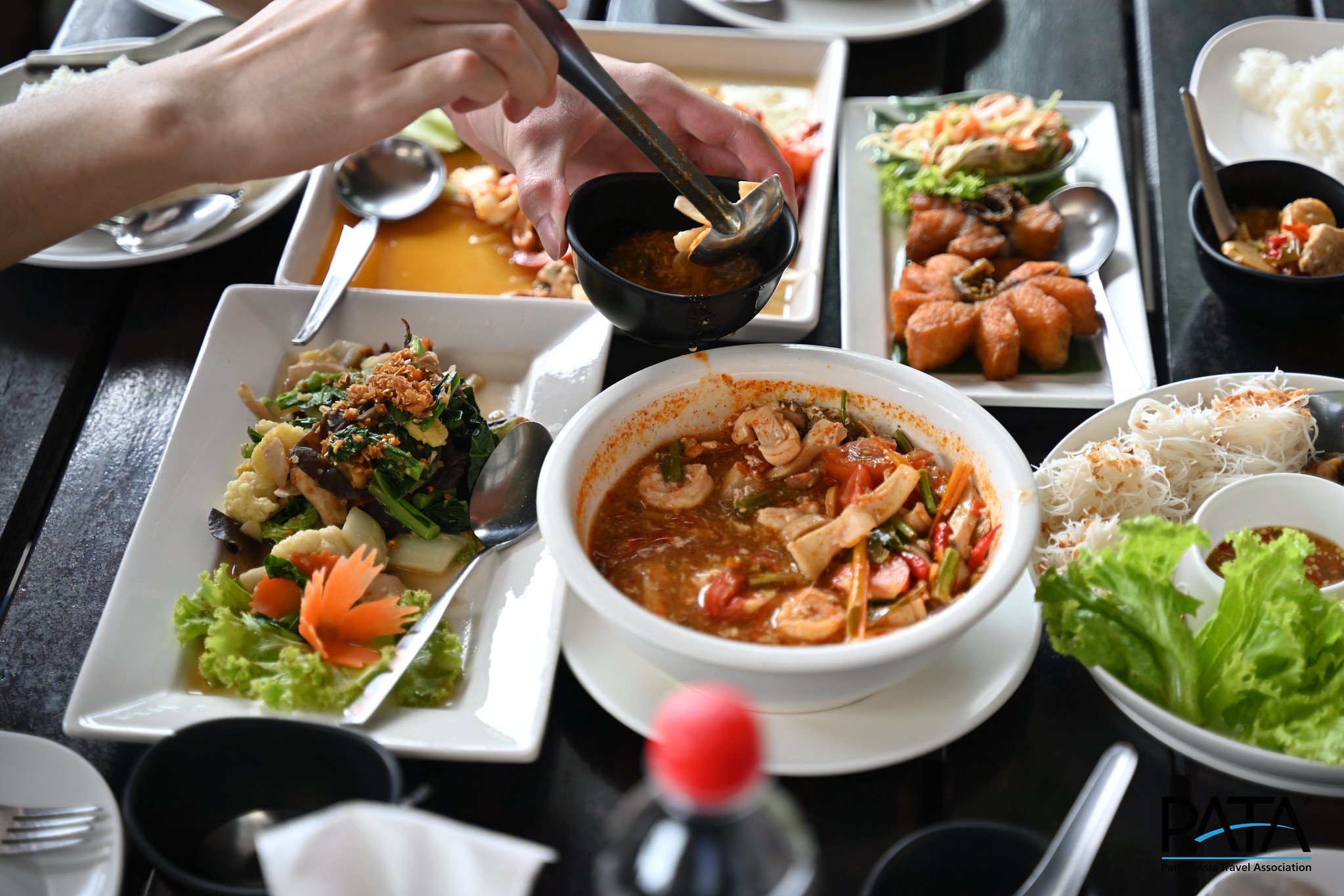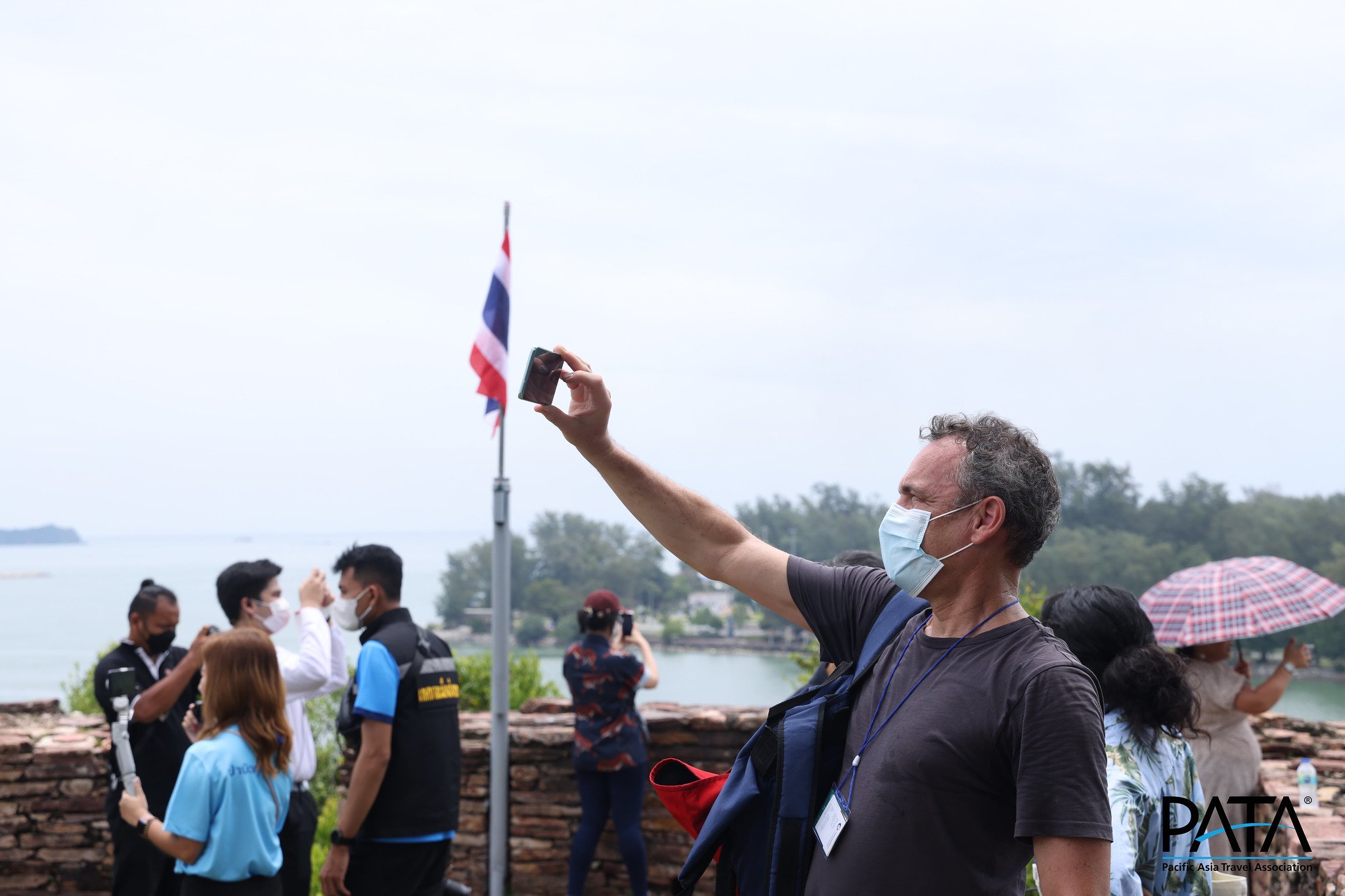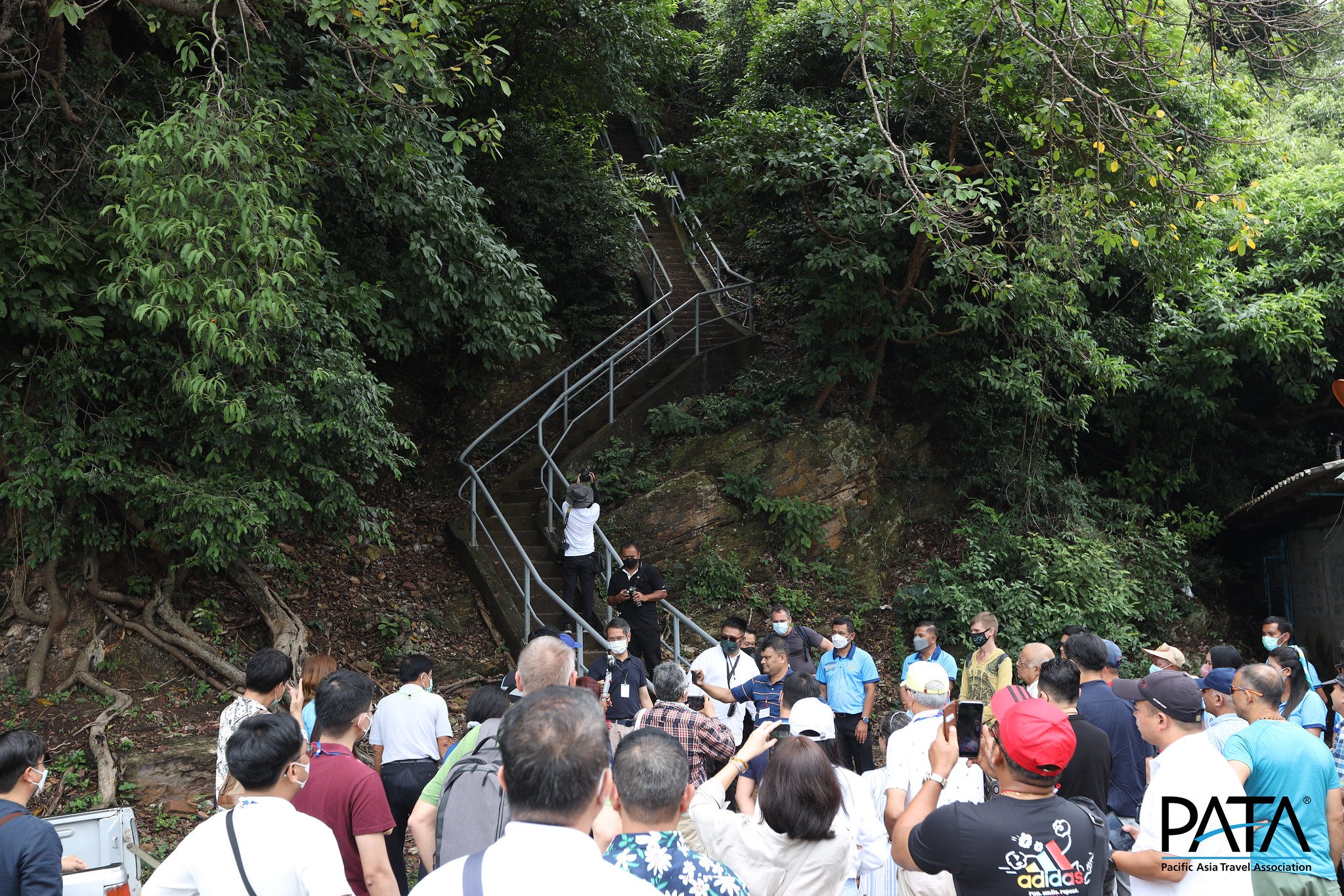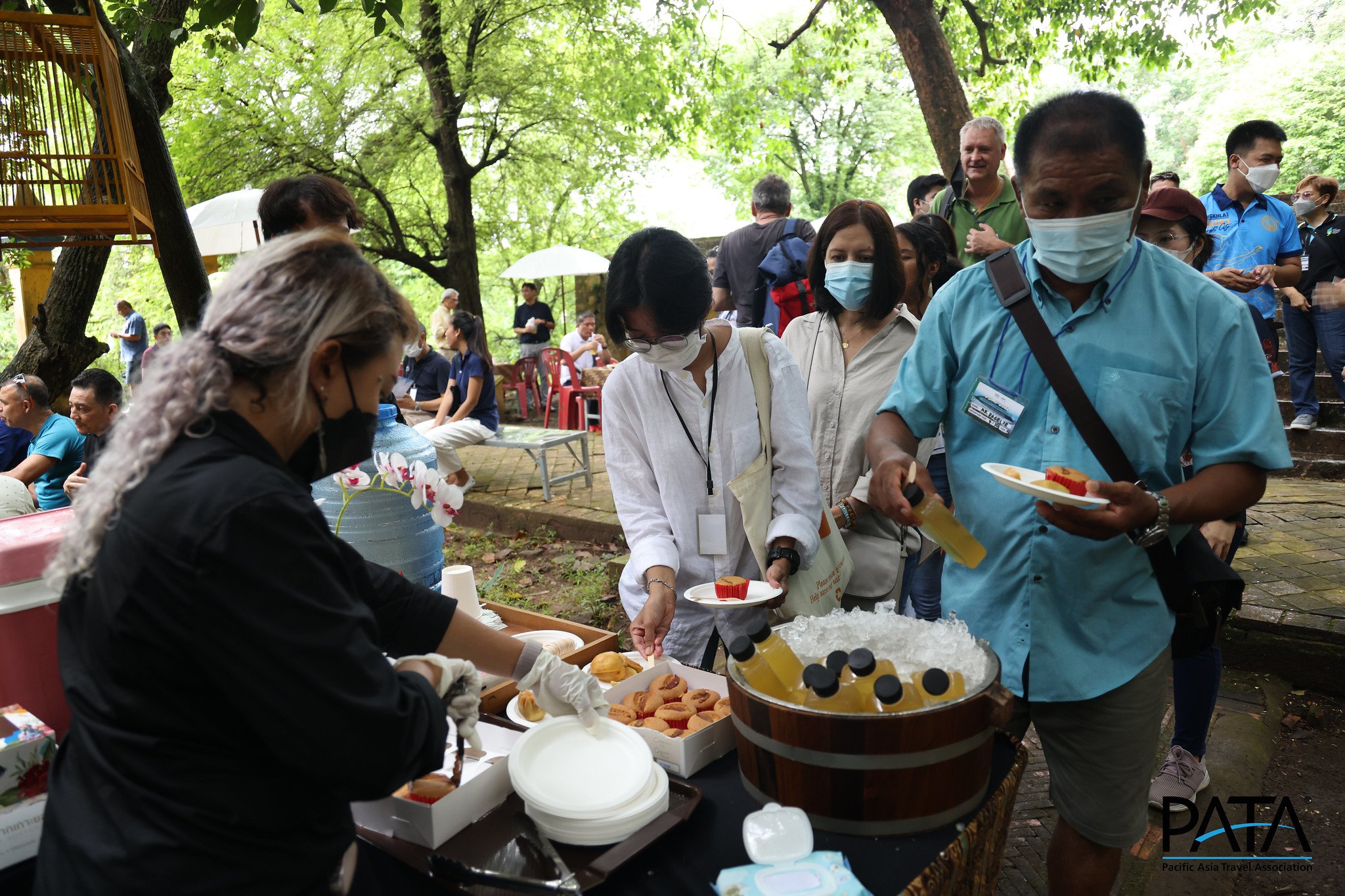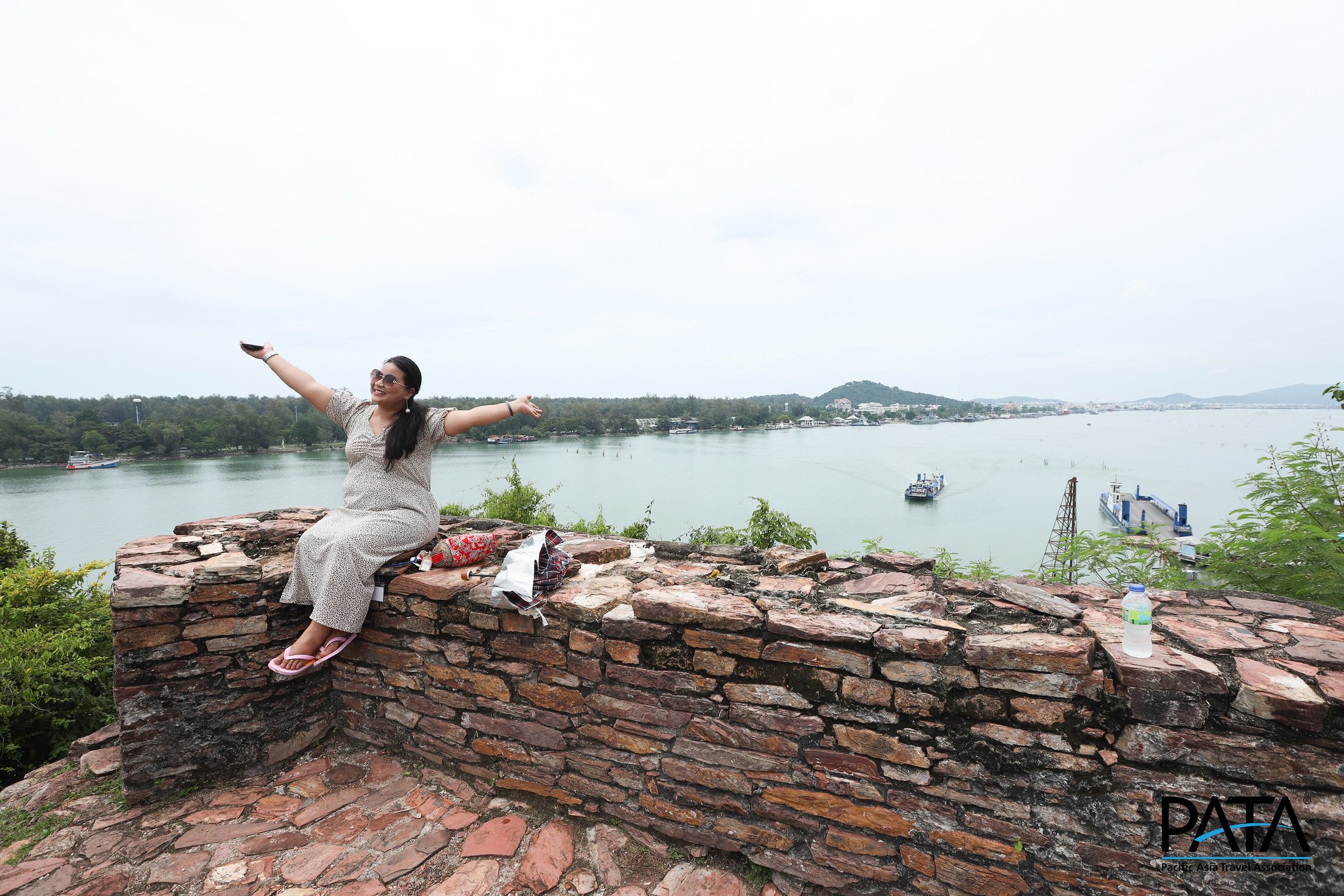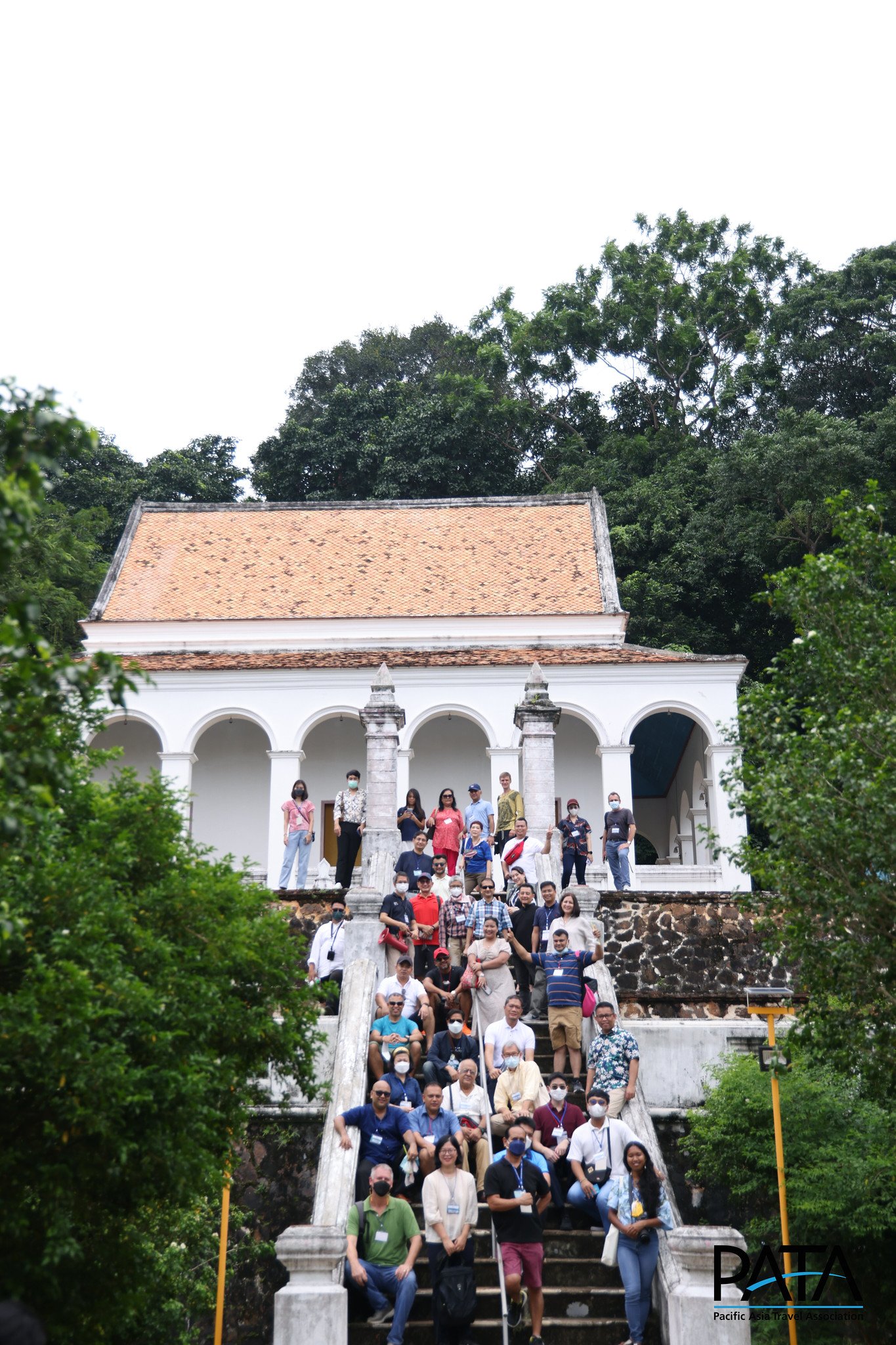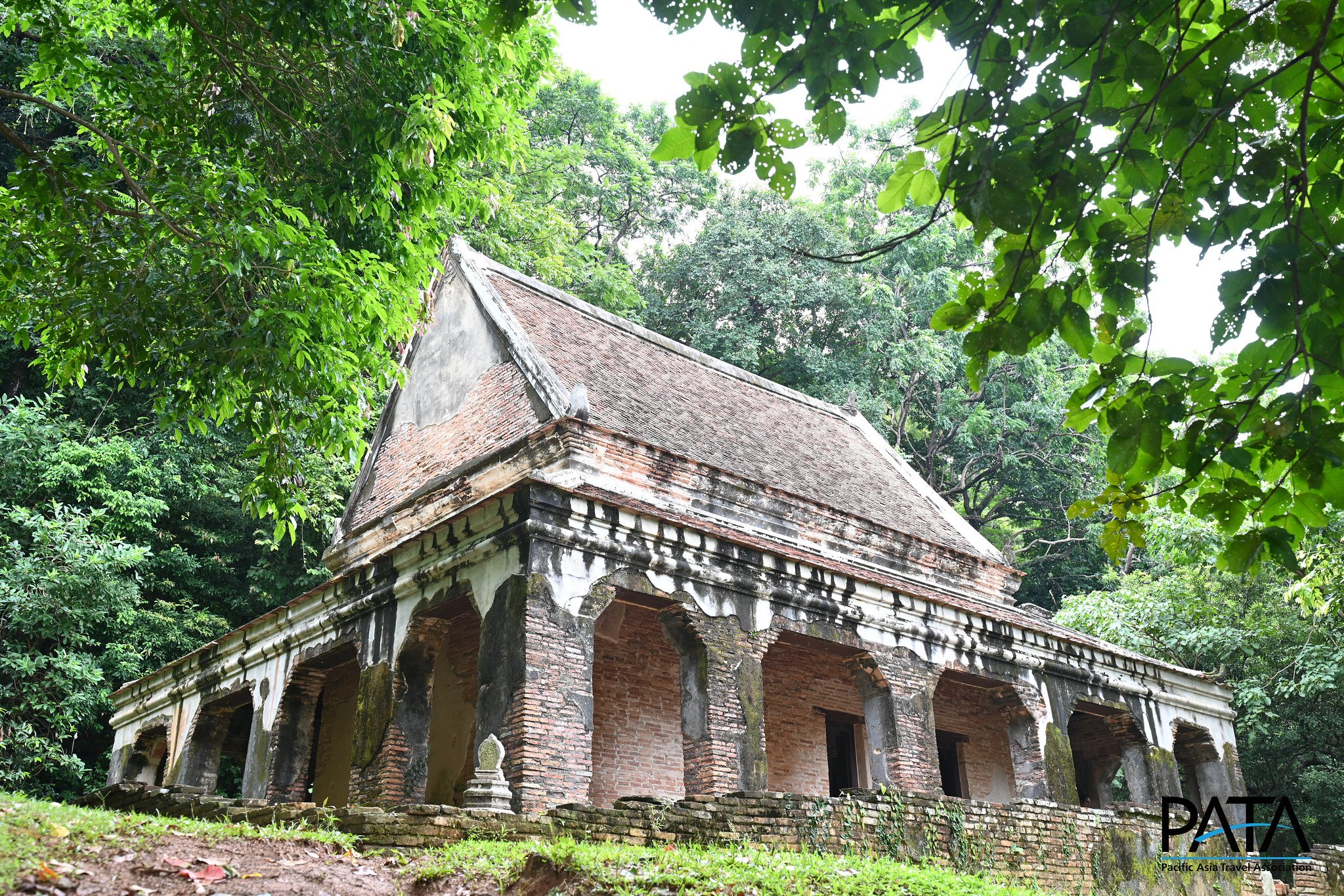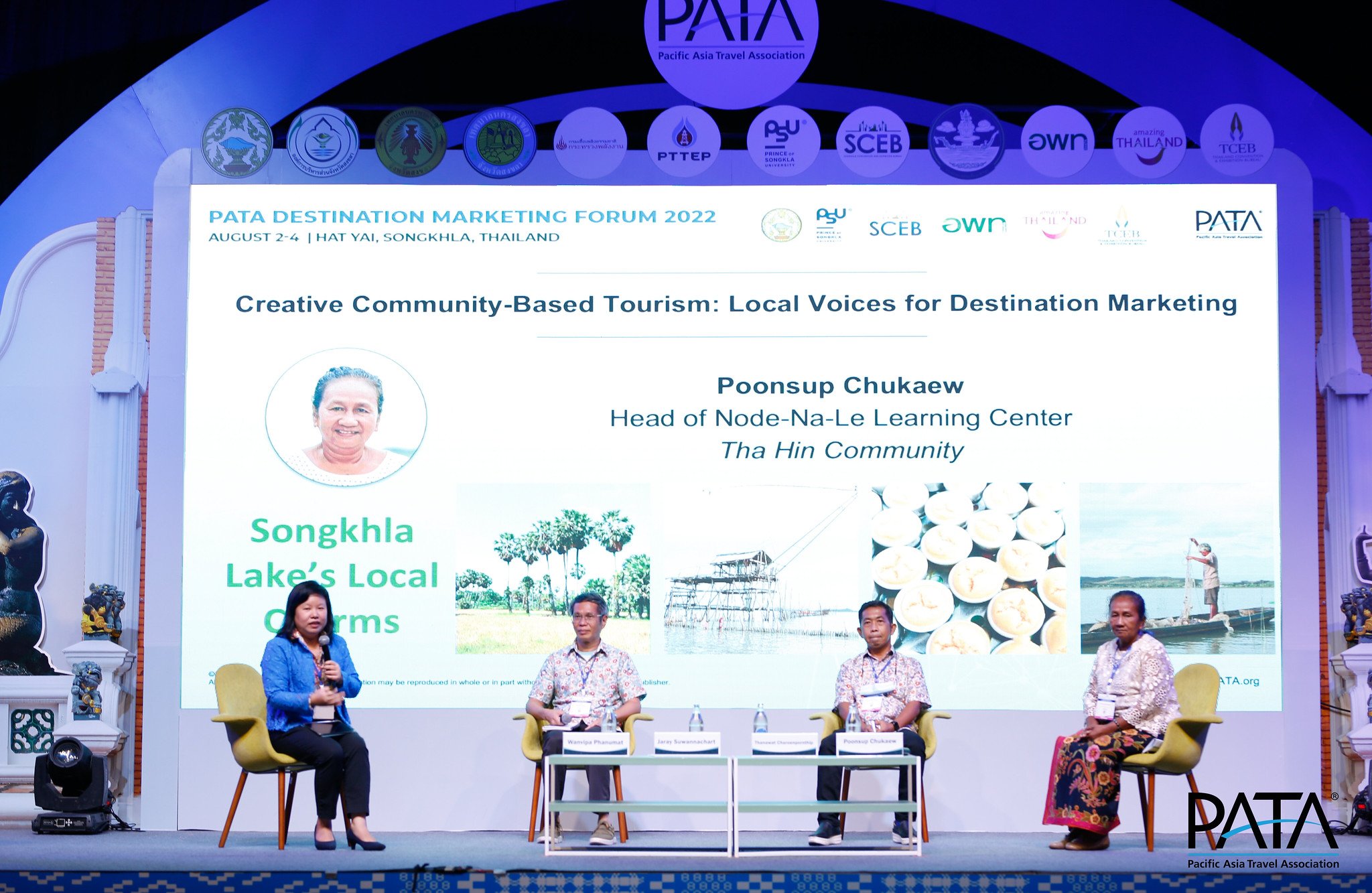Reconnecting Through Community-based Tourism: It’s a Wrap for PATA Destination Marketing Forum 2022!
PATA’s first fully in-person event is finally back after two years! The PATA Destination Marketing Forum 2022 in Hat Yai, Songkhla, Thailand, hosted in partnership with Songkhla City, Prince of Songkla University, SCEB, DASTA, TAT, and TCEB saw 326 attendees from 22 destinations. The conference, themed “Building Back Sustainably through Cultural Heritage and Community-based Tourism”, explored best practices in Destination Marketing and Management.
The experiential tour and conference profiled best practices in featuring heritage and community-based tourism to lesser known destinations. The destination experiences organised by DASTA brought delegates to three different local communities each with diverse tourism offerings.
Route 1 “Nod-Na-Lae Lifestyle” visited the Songkhla Lake and Nod-Na-Lae Learning Center to experience the local life and enjoy tourism offerings and activities in the Tha Hin community. More photos from route 1 >
Route 2 “Nature Meets Culture” visited the culture hubs to explore the roots of the Southern Thai lifestyle and tapped into the rich gastronomy of Koh Yo through DIY mohchi. More photos from route 2 >
Route 3 “Heritage Singora” explored the UNESCO-waitlisted Songkhla Old Town to indulge in the natural, cultural, and archaeological heritage that the community has carefully preserved centuries. More photos from route 3 >
Delegates from the private sector experienced tours in line with strong, emerging consumer trends - experiences that allow travellers to reconnect with nature and interact with the people of the local communities in a more authentic and in-depth manner.
Participants from the public sector, who were here to observe from the pioneer destination in community-based tourism, found the experience to be inspiring.
“They are presenting themselves as who they are and not what the tourists are looking for, and I think that is what Palau should be doing as well.”
- Special Advisor to the Governor, Melekeok, Palau.
Other destinations were also able to imagine their own communities adopting a similar model to develop their rural tourism.
“This is an opportunity to initiate the exchange between destinations that are learning to develop community-based tourism.”
- Product Division Manager, Sabah Tourism Board, Malaysia.
The conference on the second day of the event featured a diverse line-up of 23 industry experts from private and public sectors speaking in 11 sessions. Here are a sneak peek of the sessions:
Keynote: The Best Practices for Destination Marketing
People need to be influenced before they start their search. A destination that can answer the questions “Why Here?” and “Why Now?” will be able to stand out from all the other options. To attract visitors, destinations need to provide flexibility in travels, emphasise on the sustainability effort, create cooperative campaigns on different levels, and constantly be present on the platforms where potential travellers are looking for inspirations.
The Traveller's Priority - Gastronomic Tourism to Asia
The people are the ones that make the destination, their passion is shown through the culture and foods they present. To enable and sustain gastronomic tourism: Go local. Source from the neighbours and empower the locals to be proud of what makes them unique through their gastronomy.
FOCUS on MICE: The changing world of MICE
Despite the evolution of virtual events during the past two years, in-person events are still three times more effective because people are experiencing virtual fatigue and craving for immersive experiences. MICE events in the post-COVID era need to focus on quality over quantity, integrate wellness to deliver multi-dimensional experiences, and embrace technology and sustainability.
Reinstating Tourist Confidence in Our Destinations
To overcome the discomfort of travel restrictions and reinstate tourists’ confidence in destinations, it is important to add higher value to tourists’ travels. Destinations need to innovate their marketing through showcasing unique cultures that add depth to the travellers’ experiences, which requires the community in the destination to come together to create and tell the engaging human stories.
Spotlighting UNESCO: Lessons from Management & Conservation of UNESCO World Heritage Sites
In the times when travellers are looking to connect with the destinations in a more meaningful way, it is important that the destinations commit to responsible resource management, respect people, nature, and heritage, and initiate respectful communications with the communities that host the heritages.
Masterclass on Digital Marketing
There are five elements in effective digital destination marketing: 1) Better destination = better marketing, work with the local communities. 2) Provide accurate information to the visitors. 3)High-quality digital maps for exposure. 4) Utilise the magic of moving pictures. 5) Immersive technology is a handy tool.
Destination Marketing in the Age of COVID-19
Destination Marketing/Management Organisations need to keep conversations alive and transparent between different departments, partners, and markets to ensure that the destination can bounce back from adversity with less obstacles. Market experiences that matter, refresh and reinvent tourism offerings, and maintain relationship marketing are three essentials to bring back visitors.
Seizing the Potential of Gastronomic Tourism
Foods are more than just supplement tourism products, they connect the visitors with the communities and can be a great force in developing and creating exposure for a destination. Through sustainable gastronomy tourism, the local community will be able to share the economic benefits in tourism, boost national pride, and preserve important cultural and natural resources that lead to a healthy cycle.
Creative Community-based Tourism: The Local Voices for Destination Marketing
Not only is community-based tourism a new trend that visitors in the post-COVID era are looking for, it is also an important tool in bettering the local supply chain and the lives of the community. It brings the community together when they are sharing their story to the outsiders and provides better security to their resources and the future of their youths. Community-based tourism needs to see tourism as a bifocal industry where both the hosts and the guests win.
Closing Keynote: Always On: The Campaign Never Stops
As travellers are now looking for inspiration across different platforms, content itself becomes a messenger that can turn 2D thoughts into 3D experiences. Useful and inspirational contents amplified through destination campaigns will become a tool for the communities to voice their story and create multiplied impacts that never stop.
“Community-based tourism might be small and might not be standardised, but it is beautiful and meaningful to both the community and the visitors because it is low-impact, it connects, and you cannot find this kind of experience anywhere else.”
- Wanvipa Phanumat, Director of Community Based Tourism Development, Designated Areas for Sustainable Tourism Administration (DASTA).
With digital marketing techniques as support, learnings from experts and past experiences as guidance, and tourism as the tool, destinations and its communities will be able to build back more sustainably to embrace the light at the end of the tunnel.
Thank you to all the event partners, sponsors, speakers, and delegates that made PATA Destination Marketing Forum 2022 possible. Check out the event album to relive the magical moments during the two-day conference, and we look forward to seeing you at our future events!
October 26 & 27- PATA Annual Summit in Ras Al Khaimah, UAE: https://www.pata.org/pata-annual-summit-2022
December 8 & 9 - APAC Travel Summit in Bangkok, Thailand: more details coming soon!
On-demand recordings are available at below pricing, contact Monica P. at Events@PATA.org to make a purchase.
PATA Member USD $50
PATA Chapter member USD $75
Non-Member USD $100


